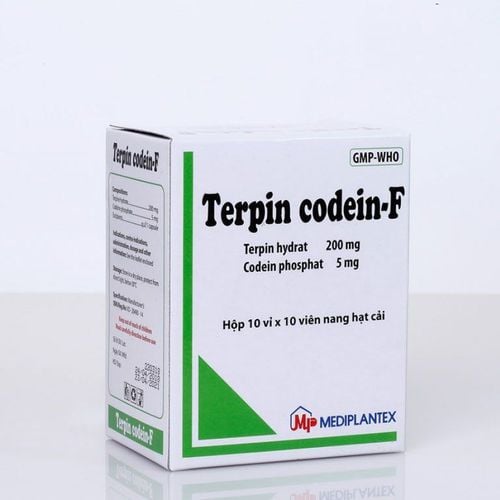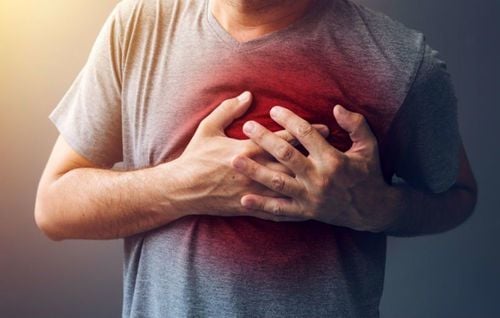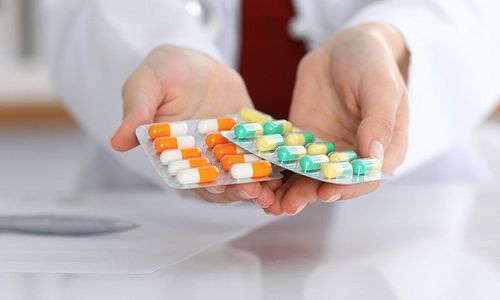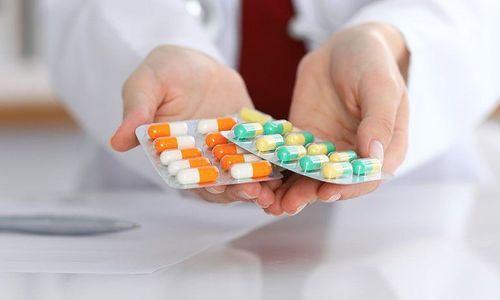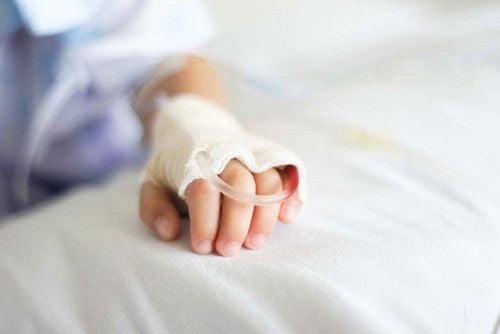This is an automatically translated article.
The article was professionally consulted by Dr. Nguyen Van Dinh - Head of Respiratory - Asthma - Allergy - Clinical Immunology Unit, Vinmec Times City International Hospital.Anaphylaxis is a dangerous allergic reaction, which should be treated and given emergency treatment immediately, as soon as possible to avoid dangerous complications to health and life. The golden time to give first aid to a patient with anaphylaxis is 30 minutes.
1. Why is it necessary to give emergency treatment to patients with anaphylaxis immediately?
Anaphylaxis is an allergic reaction that affects the entire body and is considered a dangerous medical emergency. This life-threatening reaction can occur any time, seconds to minutes after exposure to the allergen. Exposure to the allergen triggers a response from the immune system, which can lead to shock and even death if not treated immediately.
Anaphylaxis can have many symptoms. Many cases occur with all allergy symptoms, although anaphylaxis is different for each person. That's because several symptoms can appear at the same time. Common symptoms may include:
Itchy skin or rash Itchy mouth, throat, difficulty swallowing or swollen lips and tongue Runny nose, sneezing Cough, wheezing Vomiting profusely. Cramping or diarrhea Some symptoms of anaphylaxis that require immediate medical attention include:
Shortness of breath or trouble breathing Dizziness Low blood pressure Chest pain or tightness Weak and fast pulse Confusion.

2. Give first aid to patients with anaphylaxis as soon as possible
Doctors believe that the golden time to give first aid to patients with anaphylaxis in only the first 30 minutes, if prolonged, will cause dangerous, life-threatening complications.
First, make sure the person is comfortable. Elevate their legs to help with blood circulation. If person stops breathing, give CPR and other first aid until help arrives.
Many people with severe allergies receive epinephrine with an auto-injector. This can help treat the symptoms of a reaction.
Epinephrine (or adrenaline) is commonly used to treat anaphylaxis. It is delivered through an auto-injector, which contains a needle that can deliver one dose of adrenaline at a time. The injected area is usually the outer thigh muscle.
After the injection, the symptoms of anaphylaxis will improve quickly. If not, a second injection may be needed. You will still need to see your doctor to continue treatment.
Thus, patients with anaphylaxis need immediate emergency care, as soon as possible and the more dangerous complications are reduced.
Please dial HOTLINE for more information or register for an appointment HERE. Download MyVinmec app to make appointments faster and to manage your bookings easily.





